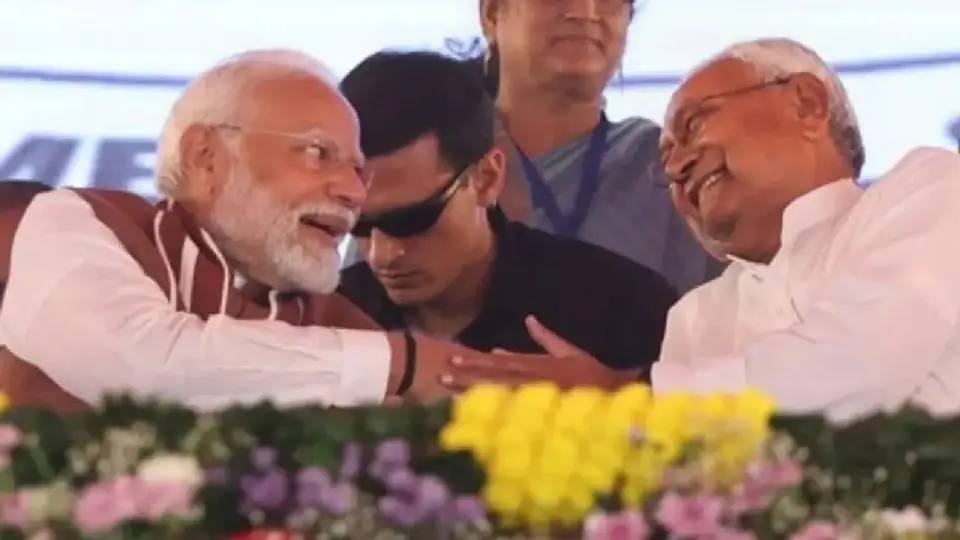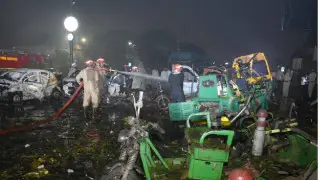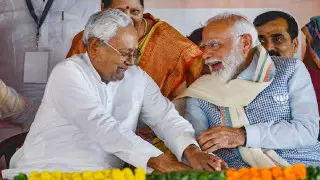
( Credit:TIN)
Bihar: Many voters in Bihar made their choices quietly, without loud discussions. They looked at their family needs first before thinking about any leader. In many villages, people talked more about daily life than speeches. Voters focused on education, jobs, and rising prices. Some voters remembered past work done by leaders. Others looked for who promised stability. The final decision seems to be shaped by calm thinking, not noise.
Employment was a key issue in both urban and rural areas. Young people especially asked how they will earn in the future. Migration also became a major point, as many families have members working outside Bihar. Women focused more on home-related benefits and safety. Farmers discussed support for crops and market prices. In towns, law and order was discussed more. Together, these issues formed the base of voter thinking.
Two major alliances tried to present themselves strongly across the state. Seat sharing and candidate selection were important steps for both sides. In some areas, alliances faced difficulties in balancing local leaders. Some strong local leaders did not get tickets and felt upset. In many seats, new faces were introduced to attract young voters. Campaigns tried to reach even small villages to avoid missing votes. All these strategies shaped the political contest.
Smaller parties played a visible role in many regions. They did not need to win many seats to make an impact. Even small vote shifts changed the balance in close contests. Some parties connected well with specific caste or community groups. Their presence kept larger alliances active in every area. In a few districts, independent candidates also drew attention. These smaller groups made the competition more unpredictable.
Women came out in large numbers to vote this time. Many of them voted quietly without discussing their choices openly. They focused on household benefits, safety, and family income. Government support schemes made an impression in rural areas. In some places, women voters supported stability more than change. Their collective decision can affect many results. This silent but strong voter group shaped the election mood.
Voters observed the character and patience of leaders. Many voters remembered how leaders acted during tough times. Some leaders were trusted for experience, while others were seen as fresh hopes. Health, age, and decision-making abilities also came into discussion. For young voters, confidence and vision mattered more. For older voters, stability and past work were important. Leadership became a key emotional factor in many areas.
Now everyone is waiting for the final results to be announced. Political parties have started internal meetings and discussions. Workers from each side are monitoring strong seats closely. Supporters are hopeful but also careful not to celebrate early. The results will show what people truly want for the next five years. Whether it is change or continuity, the voters have spoken. The final decision now rests in the counting rooms.













Copyright © 2025 Top Indian News
